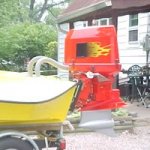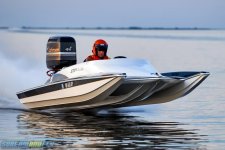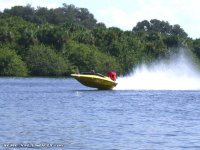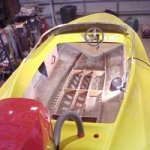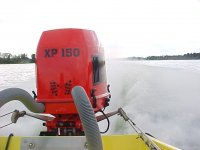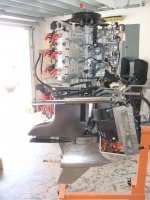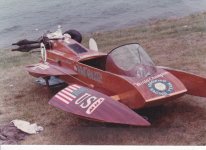Ur killin me Clark.
Blacktruck, you need to go to a boat race, any boat race, and educate them on propellers.
Based on what youre writing, they are uninformed and need your help.
The opening post of this thread, quoting Jim Russel, a genius and friend of mine is good but not the whole story.
There needs to be a propeller terminology 101 mandated that all hi perf boat owners read.
99.9% time when I hear some one saying their boat "blew out", at 55 mph, they're almost always describing cavitation.
As in, they were running 55 and dialed in a bit more up trim trying trying for 56 and it suddenly "blew out".
No it didnt.
You got that prop too close to the surface and it aerated, i.e. cavitaed.
Blow out on the other hand, is caused by the gear case travelling through the water faster than what it can reform at behind it.
This just happens to happen, right at the propeller.
Hence, nose cones. Their job is to extend the running (core) length of the gear case to get that vacuum (which is what it is) to behind the propeller.
They do other things but that is their designed purpose in life.
I've run numerous, stock lower unit boats well into the 80's w/o blowing out, and know many that have been into the 90's.
As to breaking blades......, the thinner they are, the faster they are. -It actually depends on the prop design more, most cleaver style and other racing props have thick trailing edges for added strength. The thinner they are, the more fragile they are. That's why you don't want them to thin, then they break, then you don't go anywhere. lol.
Again, go to a race, any race, find a prop w/thick blades and post a picture.
That is all I will post on that subject as no one I know will even argue about it.
PS, next time you copy and paste Jim Russles works, tell him you're arguing with me.
He will laugh.
PS, PS, please got here and do a post educating them on propellers.
They know nothing.
screamandfly.com



